Ph. D. Yun Heub Song
(NAND Flash, X-point Tech.)
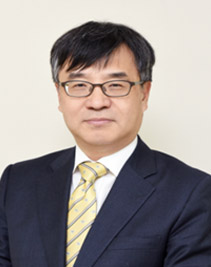
Yun Heub Song received his M.S. degree in electronic engineering from Hanyang University, Seoul, Korea, in 1992, and his Ph.D. degree in intelligent mechanical engineering from Tohoku University, Sendai, Japan, in 1999. He is currently a Professor in Electronic Engineering, Hanyang University, Seoul, Korea. He has researched semiconductor devices and circuit design for more than 30 years at the Semiconductor R&D Center, Samsung Electronic Co. and Hanyang University, Korea. When Prof. Song was working at Samsung, he was responsible for the device and product development of Flash memory as a vice-president, and developed 256Mb and 512Mb NOR Flash memory in 2000–2003. After moving to Hanyang University in 2008, Korea, he served as a vice-dean from 2011 to 2013 and dean from 2017 to 2018, College of Engineering. His research interests include device reliability modeling, device characterization, novel device structures and architecture for memory and logic applications, circuit design and algorithms for low power and high speed, and sensor systems based on semiconductor technology. In special, he has patents for memory device of more than 100 including flash memory patents of 40. He have focused
the research of new device and architecture in a high step 3D flash memory and X-point array technology.
Prof. Bongseok Kim
(Logic)

Bong-seok Kim is a logic semiconductor process integration expert with more than 30 years of experience. He received the B.S. and M.S. degrees in metallurgical engineering from Hanyang University, Seoul, Korea. He served as a visiting scholar at Stanford University, where he was interested in the dual work function metal research and integration. He worked as a owner of advanced logic process and device integration at Samsung Semiconductor R & D for 26 years. He was Vice President of Samsung System LSI TD Center, where he successfully developed and produced 32, 28nm HK/MG and 14nm 3D FinFET technology. He also has a lot of experience in how to describe and validate technologies such as process flow and device performance boost up, IP design optimization, test pattern design, key modules (Fin, Gate, Epi, HK / RMG, Epi, CNT and BEOL) and yield. Nowadays, the current leading logic technology node is 7nm, which is in production. His current interests are sub-3nm device (GAA, CFET), 3D integration and next memory device. He also gave several lectures for logic semiconductor process and device as a professor of Industrial-Academic Cooperation at a Sung Kyun Kwan University. He holds 15 semiconductor manufacturing patents and has written 12 papers.
Prof. In-Ho Nam
(DRAM)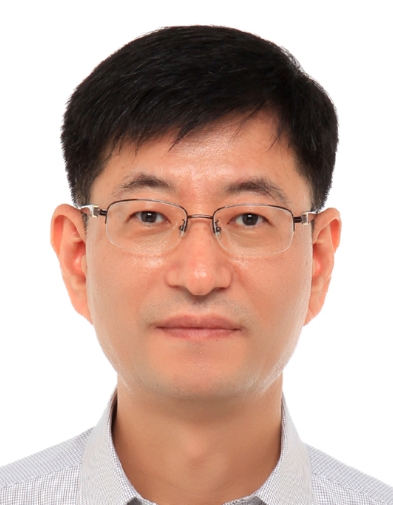
In-Ho Nam received the B.S. and M.S. degrees in physics from Kyungpook National University, Taegu, Korea, in 1985 and 1987, respectively, and the Ph.D. degree in electrical engineering from Seoul National University, Seoul, Korea, in 2001. From 1987 to 2011, he was with Samsung Electronics Company, Ltd., Kiheung, Korea, where he worked in the area of process integration for DRAM. He has developed and transferred to manufacturing several generations of DRAM technology. From 2011 to 2017 he was with Samsung Display Company, Ltd., Chun-an, Korea, as a Group Reader in process integration and yield enhancement for OLED. From 2017 to 2019, He was with Dongwoo Fine-Chem Co. Ltd., as an Executive Advisor. He is currently a Professor of Industry-University cooperation in Electronic Engineering, Hanyang University, Seoul, Korea.
Dr. Nam received the Grand Prize of Samsung Technology Award for developing the world’s 1st 256-M DRAM in 1994, He has served on the Technology Committees of the Korean Society of Semiconductor & Display Technology since 2017.
Ph. D. Jae Kyeong Jeong
(ALD, IGZO)
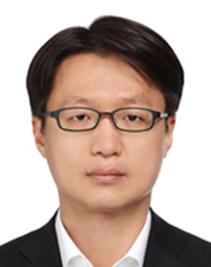
Jae Kyeong Jeong received his B.S., M.S., and Ph.D. degrees in material science and engineering from Seoul National University, Seoul, Korea, in 1997, 1999, and 2002, respectively. In 2003, he was a post-doctoral researcher at the University of Illinois at Urbana-Champaign, where he worked on the carbon nanotube FETs. He joined Samsung Mobile Display Corp. as a senior engineer in 2004, where he had performed the researches regarding the design and characterization of Si TFTs and ZnO-based TFTs for AMOLED display. In 2008, he successfully developed the world largest 12.1” Oxide TFT-driven AMOLED display as a project leader. In 2009, he joined Inha University as an assistant professor. University, Incheon, Korea where he had continued the metal oxide semiconductor and related field-effect transistors. Since September in 2015, he is with Department of Electronic Engineering at Hanyang University as a professor. He has more than 140 authored (or co-authored) international journal papers and 112 international patents. His total citation number and h-index are 19299 and 53, respectively, according to the latest scholar google search.
Ph. D. ChinWook Chung
(Plasma Tech.)
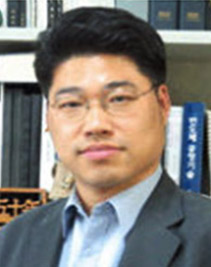
ChinWook Chung received his M.S., and Ph.D. degrees in department of physics, KAIST 1997, and 2001, respectively. He was a research director at Plasmart Inc. In 2002, he joined department of electrical engineering, in Hanyang University in 2002. He developed many plasma sources for plasma processing and diagnostic methods for plasma monitoring. He successfully commercialized an electrical probe method so called “wise probe. Recently he has tried to develop advanced plasma monitoring tools and new plasma etching technology with semiconductor equipment companies.
Ph. D. Hongsik Jeong
(Synapse, Neuromorphic Chip)
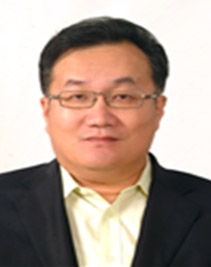
Hongsik Jeong received his B.S., M.S., and Ph.D. degrees in physics from Yonsei University, Korea in 1985, 1987, and 1992, respectively. In 1992, he joined the Samsung Electronics Co., Ltd., Kyungki-Do, Korea, where he led DRAM and new memory devices, such as PRAM, MRAM and FRAM as a project leader. He received the Korean presidential award due to the achievement of worldwide leadership of new memories in 2005. Since he was promoted to a V.P. of Samsung R&D and memory business, he had led the research team for new memory devices and the development team for PCM(Phase Change Memory) commercialization. Finally, his team had successfully developed and commercialized world first PRAM products for mobile phones with 512Mb and 1Gb density. After working for 21 years in Samsung, he joined YICT in Yonsei University in Korea as a research professor in 2014 and focused on studying interdisciplinary research between the semiconductor and neural systems. In 2016, he moved to Tsinghua University in Beijing China, he had studied the neuromorphic devices based on new memory devices as a professor of EE department and Center for Brain Inspired Computing Research in Tsinghua University. Now he is a professor of Materials Science Engineering and the head of Future Semiconductor Technology R&D Center in UNIST, Korea. He has published 1 chapter of book, 37 patents and over 120 technical papers including proceedings.
Ph. D. Jun Won Choi
(AI application)
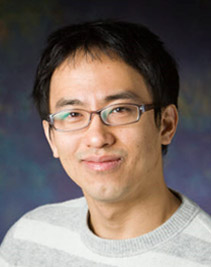
Jun-Won Choi received B.S and M.S. degrees in Department of Electrical Engineering at Seoul National University. He earned Ph. D. degree in Dept. of Electrical and Computer Engineering at University of Illinois at Urbana-Champaign. In 2010, he joined the company Qualcomm (San Diego, USA) where he participated in research on advanced baseband signal processing technology for the next generation wireless chipset. Since 2013, he joined Electrical Engineering Department in Hanyang University as a faculty member. His research area includes signal processing, machine learning, wireless communications, intelligent vehicles, etc. He is leading signal processing & artificial intelligence laboratory and his team is currently focusing on machine learning for autonomous driving and mobile robots and intelligent signal processing empowered by artificial intelligence. He is serving as Associate Editor of IEEE Trans. Vehicular Technology and IEEE Trans. Intelligent Transportation Systems. He is a reviewer of many technical journals including IEEE Trans. Signal Processing, IEEE Trans. Wireless Communications, IEEE Trans. Intelligent Transportation Systems, etc.
